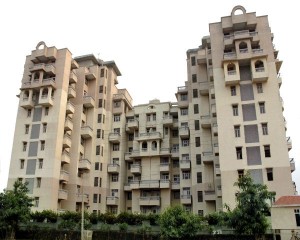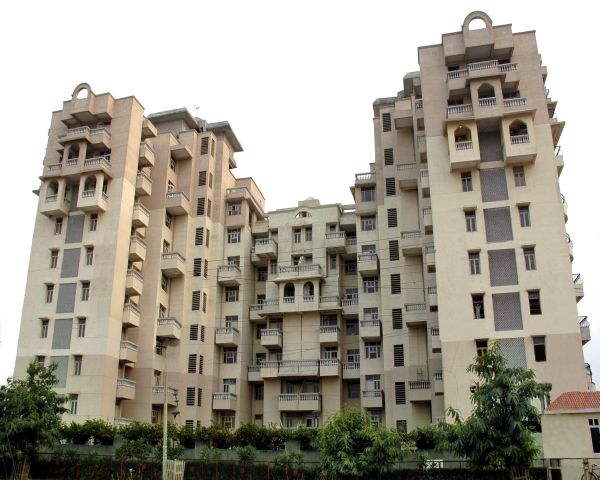2nd of the series of report
 Indian house prices rose rapidly from 2002 to 2007. Strong economic growth and urbanization supported house prices, while in city centres a housing bubble was encouraged by inadequate infrastructure, lack of planning and antiquated land use laws.
Indian house prices rose rapidly from 2002 to 2007. Strong economic growth and urbanization supported house prices, while in city centres a housing bubble was encouraged by inadequate infrastructure, lack of planning and antiquated land use laws.
From 2005 to 2007, the Indian economy grew annually at 8.9% per annum, making the country one of the world’s fastest growing, after 7.6% per annum growth from 2003 to 2004.
The liberalization of major sectors of the Indian economy during the early 1990s brought a rapid influx of foreign direct investment (FDI). A boom in the ICT and BPO industry generated rapid employment growth, increasing demand for housing, and caused a ripple effect in the construction and telecommunications sectors.
Yet although house price increases were supported by these strong fundamentals, speculation also played a role. From 2000 to 2006, residential property became significantly less affordable. By 2002, a residential property in Mumbai cost around 85 times the average annual average income. By 2006, residential properties in Mumbai cost 100 times the average annual income.
The capital of developers rapidly grew as their stock prices increased. Developers used the capital to bid high prices for huge plots of land, making it relatively easy to sell properties at very high prices.
The impact of the global crisis
In the global downturn of 2008, developers resorted to rounds of price cuts, and introduced lucrative deals, with subsidized furniture and internet connections.
Demand for luxury housing fell 50%, while affordable housing demand fell 10%, according to a May 2009 survey by the Associated Chambers of Commerce and Industry of India (Assocham), the umbrella body of chambers of commerce in India.
Developers refocused on low-income houses.





